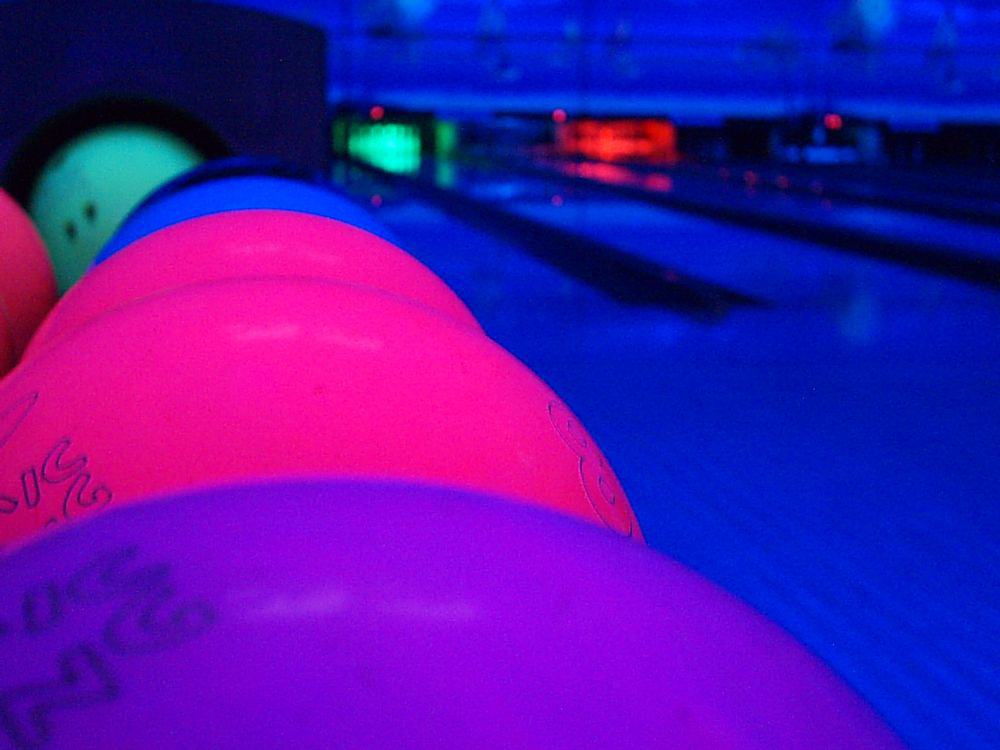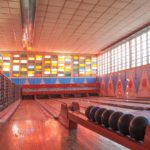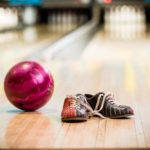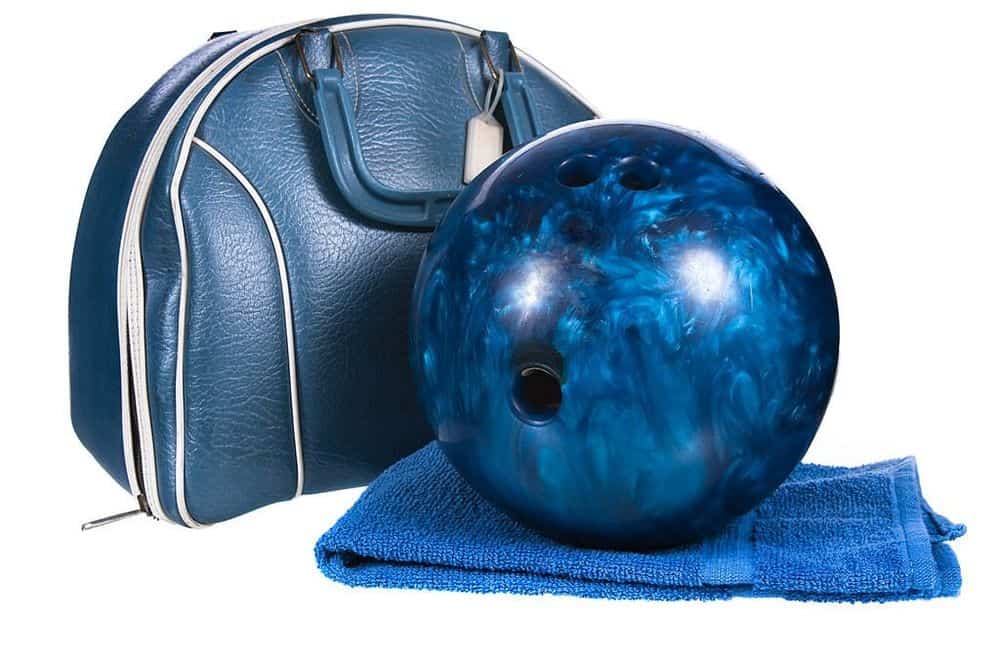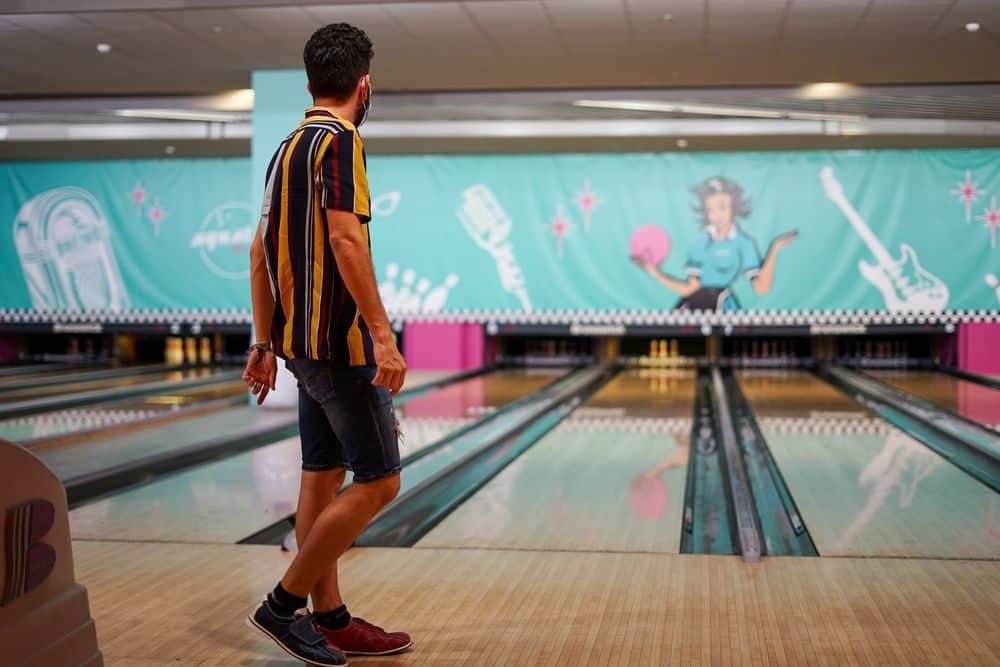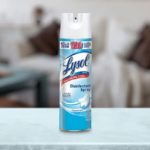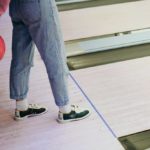The key to a great bowling game, whether it’s your first time or 100th, is picking the right ball.
If you want to improve your game, you’ll need your ball.
This article will explain the benefits of having your bowling ball fitted and guide you in selecting the best ball for your needs.
When should I buy a bowling ball?
Once you’ve had it with using the house bowling shoes and balls, this is simple to figure out.
You’ll need to purchase your bowling gear to carry your balls, including a bowling ball bag.
Bowling alleys now offer services to improve the performance of your old bowling ball and shoes by changing the surface or cleaning them.
You can restore your bowling balls to like-new condition by having them professionally cleaned.
Is buying a bowling ball worth it?
Do you think you would benefit from buying a bowling ball? In almost all cases, buying a bowling ball will pay off.
You’ll become a better bowler and have more confidence in your abilities.
As a bonus, you’ll have a greater desire to bowl.
Choose a ball that reflects your individuality and has the finger holes drilled specifically for you rather than the general public.
However, if you have no plans to continue bowling, there is no point in purchasing a ball.
In other words, you need to give this some serious consideration.
Why do people buy their bowling balls?
Purchasing a ball customized to fit your hand is a smart idea if you bowl frequently.
If you buy a ball, it’s more likely to be the right size and weight for you.
A better swing and overall performance can be achieved with a ball with the right weight and fit for the player’s hands.
Professional equipment stores will take precise measurements of your hand and fingers to ensure that the holes in your gloves are just right.
Each hole’s pitch (angle) is angled to maximize the hand’s range of motion and comfort.
The right angles help you feel more at ease and aid your efforts to use the right amount of grip pressure.
Where to buy bowling balls
When looking for a bowling ball, you have several options.
You can find them in most major department stores, but they are not the most recommended option because of the poor quality you’d find there.
You can purchase better bowling balls from your local bowling alley’s pro shop.
If you’re looking for the best selection and lowest prices, your best bet is to do your shopping online.
Also, Amazon’s eCommerce shop has the most credibility of any online retailer and lets many different bowling stores sell through their marketplace, making prices extremely competitive.
You can filter balls by price and discount percentage using the menus on the left side of the page.
Here, you can save at least half the original price on hundreds of bowling balls.
What other bowling equipment should I buy?
Bowling doesn’t call for a lot of gear, but there are some extras you can buy to up your game.
You can customize bowling balls with accessories such as finger inserts, finger tape, and cleaning solutions.
Bowling shoes, like any other type of footwear, can come with various accessories.
A broad selection of design options is available for high-priced bowling shoe pads and insoles.
Bowlers usually use the following gear:
Bowling balls – are spherical objects typically crafted from rubber, urethane, plastic, reactive resin, or some combination thereof. A ten-pin bowling ball has three holes: one for the ring finger, thumb, and middle finger.
Bowling shoes – are footwear designed specifically for bowling, characterized by a very smooth sole on the either shoe or both shoes.
Bowling attire – games take place indoors, in cool bowling centers. It is acceptable to dress casually. However, many league bowlers sport team jerseys.
Bowling bags, bowling equipment and supplies such as non-slip grip cream, bowling ball repair materials, grip sacks, towels, gloves, hand and wrist grip aids, and bowling ball cleaning equipment and supplies are optional extras.
The ball absorbs a portion of the oil on the bowling lane as it travels down towards the pins.
Removing the oil from their track can be aided by wiping down the ball.
A buildup of oil on the lane can reduce the instantaneous friction experienced by the bowling ball, allowing it to move forward without spin.
Many athletes use a microfiber towel or cloth to wipe their balls after each throw.
Although some of this game’s rationales are purely psychological, particularly when establishing a routine, there are also some slight practical benefits.
Bowlers use a variety of aids, but it’s crucial to remember your safety whenever you throw the ball.
Everything else you bring to a game, beyond the ball and shoes, is just extra, and it might or might not help your performance.
What’s a good budget for a bowling ball?
Plastic bowling balls
Polyester bowling balls are the least expensive option on the market, but they don’t have a specialized core to give you an extra hook.
Also, the smaller balls make it easier to bowl straight and knock down split pins.
These bowling balls are made of plastic and cost $40-$60 each.
Vanity bowling balls
These bowling balls are made of plastic and customized with your team’s logo or other designs.
These bowling balls are indeed more expensive than their plastic counterparts, but that’s because they look better.
A Vanity bowling ball can cost anywhere from $75 to $150.
If bowling is your hobby, don’t let the price stop you from purchasing a bowling ball with a fun design.
Bowling ball for beginners that doesn’t sacrifice performance
It is a ball of moderate difficulty, comparable to a bowling ball made of plastic but with greater durability.
Its strength will pale in comparison to that of a well-honed form.
It will add a hook to your delivery without sacrificing the posh look of vanity bowling balls.
This bowling ball could be a great place to start if you’re serious about making it to the professional ranks. Most local pro shops will sell them for around $150.
High-level performance bowling ball
This bowling ball, known to be advanced to intermediate difficulty, is the strongest of its kind for serious bowlers who regularly play in conditions with lots of oil.
It stands to reason that the price of a high-performance bowling ball would go up because of its superior construction and components, such as a unique core.
They may also look like bowling vanity bowling balls.
This high-quality bowling ball can cost as much as $250. I
f you’re going to spend cash on a ball, you should probably choose a reputable brand.
How heavy should it be?
Selecting a ball of the appropriate weight is essential.
Normally, a standard adult male bowls with a 15 or 16-pound ball, and a standard adult female bowl with a ten or 12-pound ball.
If you are smaller in stature, you should go up in weight; if you are taller, you should go down.
A heavier ball has a higher chance of knocking down pins, but a ball that’s too heavy can injure you or hinder your stroke.
If you’re an experienced bowler, you probably know what weight house balls are best for you.
A good rule for children is to apply one pound for each age. (An eight-year-old would be unable to handle a ball that weighs eight pounds, for instance.)
How do I know what bowling ball to buy?
Weight
A bowling ball’s weight is important, but it shouldn’t be so heavy that it’s difficult to hold with one hand.
Pick a ball that weighs about 10% of what you do (up to 16 lb).
Try sizing down if you’re having trouble carrying that much.
Holes
A ball with too tight or loose finger holes can be detrimental to your game (and hurt your fingers too).
Distance between the hands
You shouldn’t be holding the ball with a flat palm.
Leave some room between the bowling ball and your palm as you take your position.
Look for a ball with holes further apart if your hand can move around too much inside the ball.
Material
Choose your bowling ball’s material wisely if you have many options (or if you’re buying your own).
Covered bowling balls made of plastic are the most beginner-friendly option because they are cheap and don’t hook.
Urethane coverstock balls are better suited for hook shots due to their resistance to oil and increased friction.
Bowling with a reactive resin coverstock bowling ball is more difficult.
Anyone serious about bowling should think about buying one of these.
What to know when buying a bowling ball
Plastic (polyester) or urethane bowling balls are good choices for beginners.
Plastic/polyester is a great option if you’re on a tight budget and your only goal is to throw a straight ball.
Therefore, it’s the most cost-effective choice.
The cover material is the same as the ones used in the house, but you’ll have the significant advantage of a ball that fits your hand perfectly.
Balls made of polyester or plastic are the most long-lasting because their outer layer is hard and resistant to wear and tear.
However, a reactive resin or urethane ball is the best purchase you can make if you want to improve your bowling game and get steadily higher scores.
A polyester/plastic ball won’t generate enough friction for a powerful hook, which makes the entry angle for the pocket that guarantees strikes.
For this reason, balls often feature coverstocks formulated from urethane and resin.
Urethane balls are recommended for beginners learning to bowl a hook and are often the ball of choice for more seasoned bowlers on lanes with low oil.
Conclusion
There are a variety of bowling balls that can improve your scores and consistency.
Purchasing your bowling ball has the advantage of having a customized ball design which can help improve your game.
If you’ve never bowled before, picking out the right ball can be difficult and time-consuming; you might want to ask someone at your local pro shop or the bowling center’s operator for advice.

